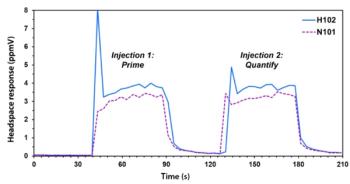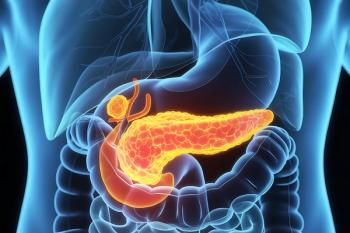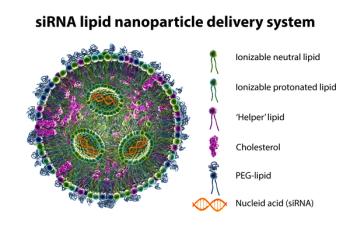
- The Column-01-16-2018
- Volume 14
- Issue 1
Combatting Antimicrobial Resistance Through VOC Analysis of RTIs
Researchers from the Liverpool School of Tropical Medicine and the University of Warwick have conducted a pilot study to assess the viability of a GC–IMS for the analysis of volatile organic compounds (VOCs) in exhaled breath for the diagnosis of bacterial respiratory tract infections (RTIs) in hospital patients.
Researchers from the Liverpool School of Tropical Medicine and the University of Warwick have conducted a pilot study to assess the viability of a gas-capillary column ion mobility spectrometer (GC–IMS) for the analysis of volatile organic compounds (VOCs) in exhaled breath for the diagnosis of bacterial respiratory tract infections (RTIs) in hospital patients (1).
Antimicrobial resistance represents one of the greatest challenges of the coming decades as mass overprescription of antibiotics raises the possibility of a post-antibiotic health care era. This situation has been compounded by a tendency to prescribe antibiotics for viral infections, such as with respiratory tract infections, a very common form of infection especially within health institutions and hospitals. One study in America estimated that of the 40 million antibiotics prescribed for respiratory tract infections, around 23 million were unnecessary because the infection was in fact viral (2). However, because respiratory tract infections remain one of the leading causes of mortality and morbidity, worldwide antibiotics will continue to be used in cases of suspected RTIs as a safeguard by concerned health professionals without accurate data. There is therefore a need for accurate and rapid diagnosis of RTI infections that can be performed at the bedside during primary care.
Research into the viability of VOCs as a diagnostic marker has been demonstrated in a number of studies across various diseases, including cancers [3–5],inflammatory bowel disease (6), cystic fibrosis (7), and for the diagnosis of ventilatorâassociated pneumonia (VAP) (8), among many others. However, no research had been conducted on their viability as an RTI diagnostic marker with the capability of differentiating bacterial from viral RTIs.
Researchers used a gas-capillary column ion mobility spectrometer (GC–IMS) on patients diagnosed with an RTI at the Royal Liverpool University Hospital, Liverpool, UK.
Results demonstrated the feasibility of VOC analysis as a diagnostic tool, however, there were a number of limitations with the study because of its exploratory nature and small sample size. The researchers responsible for the study indicated they are currently putting together a larger scale study.
“We are looking to recruit around 2200 patients into the study from six centres across the UK. [In] both primary and secondary care settings,” said James Covington, University of Warwick. Results from the study are tentatively expected in 2019, while the full commercialization of a dedicated product is still far away. “The unit we are using is commercially available already,” explained Covington. “However, it is likely that a dedicated unit would be developed for this purpose at a lower cost point. But it is hard to say exactly when this would reach the market.”
For more information on the study and product, please visit:
References
- J.M. Lewis, R.S. Savage, N.J. Beeching, M.B.J. Beadsworth, N. Feasey and J.A. Covington, PLoS ONE12(12), e0188879 (2017).
- D. J Shapiro et al., J. Antimicrob Chemother.69, 234–40 (2014).
- A. Krilaviciute et al., Oncotarget6, 38643–57 (2015).
- T. Khalid et al., PLoS ONE10, e0143283 (2015).
- D. Wang et al., Biomed. reports5, 68–72 (2016).
- I. Ahmed et al., Scand. J. Gastroenterol.51, 385–92 (2016).
- R. Kramer et al., Eur. J. Clin. Microbiol. Infect. Dis.34, 745–51 (2015).
- P. van Oort et al., Int. J. Mol. Sci.18, 449 (2017).
Articles in this issue
almost 8 years ago
New Year’s Resolution(s)almost 8 years ago
Biotage Acquires Horizon Technologyalmost 8 years ago
Tackling Chagas Disease With Proteomics and LC–MS/MSalmost 8 years ago
The Benefits of AQbDalmost 8 years ago
Five Things You May Not Know About GCalmost 8 years ago
Vol 14 No 1 The Column January 2018 North American PDFalmost 8 years ago
Vol 14 No 1 The Column January 2018 Europe and Asia PDFNewsletter
Join the global community of analytical scientists who trust LCGC for insights on the latest techniques, trends, and expert solutions in chromatography.





